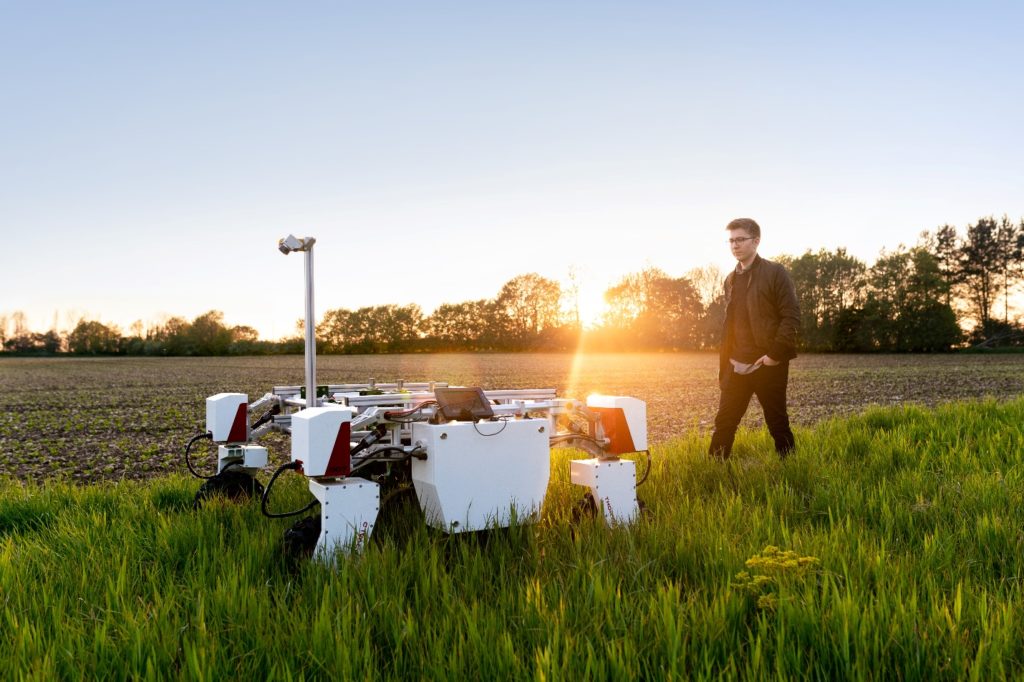
Soil Fertility-Is Buying Land A Good Investment In India
Soil Fertility-Is Buying Land A Good Investment In India
Be it forest or vegetation; cultivation depends on various factors. One of the essential factors is soil . The Soil Fertility for farming needs to be healthy and fertile. Soil fertility refers to the ability of soil to sustain agricultural plant growth and development. A lot of properties contribute to soil fertility, like appropriate soil depth for root growth, water retention and proper aeration. The pH should range between 5.5 -to- 7. It should contain adequate, essential plant nutrients in an efficient proportion, and the top-soil should be rich in soil organic matter which can be ensured by a healthy population of microorganisms in the soil .
Soil Fertility for farming are usually black cotton soils, rich in clay content and humus. Humus is the grey material responsible for soil fertility that increases productivity. Humus is generally developed naturally and gradually by the weathering - leaves from the forest plants, other plant debris and animal waste.
Due to soil fertility, an additional requirement of fertilizers reduces. As the land is fresh for cultivation, the probability of pest infestation is very less. So the area is financially efficient, cutting off fertilizers and pesticides cost. Even though the paddy production in plain and hilly forest land is almost the same, plain land requires 25% more initial investment on fertilizers and pesticides.
The forest land is suitable for organic farming. The chemical-free products are healthy for consumption with high nutritional value. Due to fewer nutrients deficiency, we can even practice mixed cropping, which is proven to increase the yield. The horticultural plants which are perennial is an excellent choice as they would be beneficial in the long run with one-time investment.
Rainfall Distribution Increase Soil Fertility
Other essential factor of cultivation are rainfall. Indian agriculture depended on its Economy and Monsoon all these days. Thanks to the new interventions in terms of poly-house / hydroponic farming methodologies. Average rainfall in India is 1192 mm which follows the pattern:
- Southwest Monsoon- 74%
- Northeast Monsoon- 10%
- Winter Rain- 3%
- Pre-Monsoon Rain- 13%
Given the location of the land, it falls in a very efficient monsoon belt. It receives an average of 1600 mm rainfall, which is sufficient for any cultivation. Thanks to the modernization techniques of rain water harvesting and old wise agricultural practices. A few practices include; formation of buds, terrace farming, diversion drainage, ponds and check dams. The land can support a variety of cultivation for instance,
- • Fruits: Avocado, Orange
- • Vegetation: Beans, Peas, Broad Beans Banana, Chow Chow,
- • Flower: Carnation, Gerbera, Gladiolus.
- • Aromatic plants: Citronella, Geranium, Lemongrass & many more
In plain land, the crops undergo stress in the situation of irregular rainfall pattern, affecting the production negatively. Whereas in hilly areas, rainfall distribution is comparatively even. Thus reducing plant stress and increasing productivity.
Sunlight Increase Soil Fertility
Sunlight is one of the most prominent factors for cultivation. It depends on the total hours of sunlight received during a day. Based on these plants can be classified into three classes:
1.Short day plant
These plants flowers only when day length is less than about 12 hours and require long period of darkness. Example - Paddy, Soybean, Onion.
2.Long day plant
These plant flowers only after being exposed to light periods longer than a certain critical length, as in summer. Example – Lettuce, Spinach, Radish.
3.Day neutral plant
These plant flowers regardless of the amount of light of daylight it receives. Example - Corn, Sunflower, Tomato.
In the hilly forest area, the plants are well exposed to bright sunlight. Any variety of plant can be cultivated all around the year. It provides an adequate amount of sunlight for different types in different seasons. Even in the summer season, the temperature doesn’t go beyond the tolerance range of the plant. And in winter, the temperature doesn’t go down the tolerance range. The elevation helps in this situation. Whereas in plain land, the temperature often rises beyond tolerance level in summer. Cultivation becomes very difficult in the scorching sun.
According to the data provided by Indian Meteorological Department, the average temperature in the hilly forest of Kodaikanal of
Tamil Nadu is 18.6º C, which is a moderate temperature suitable for cultivation. There is no additional requirement for a greenhouse to control the temperature as in case of plain land. So hilly forest area is cost-efficient also. Along with vegetation, it is very ideal for coffee, pepper & cinnamon. The reason being sufficient rainfall, adequate sunlight and elevation for proper drainage of excess water. Along with being a significant investment with future benefits, it also generates employment opportunities.Other plantations in this region have proved to be very beneficial in getting international recognition. It has an excellent deal in the export market, leading to the right amount of revenue, which might not be a proposition in a plain land.

